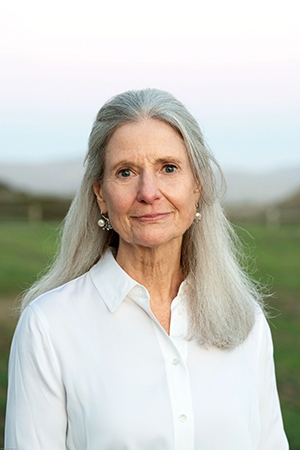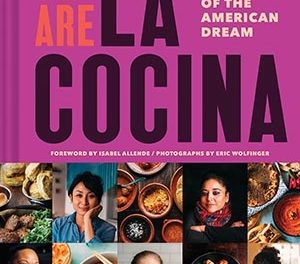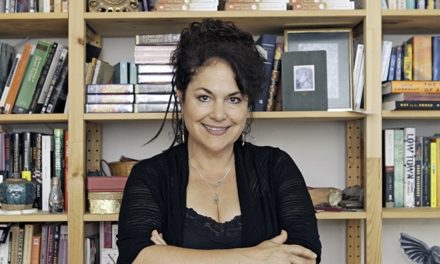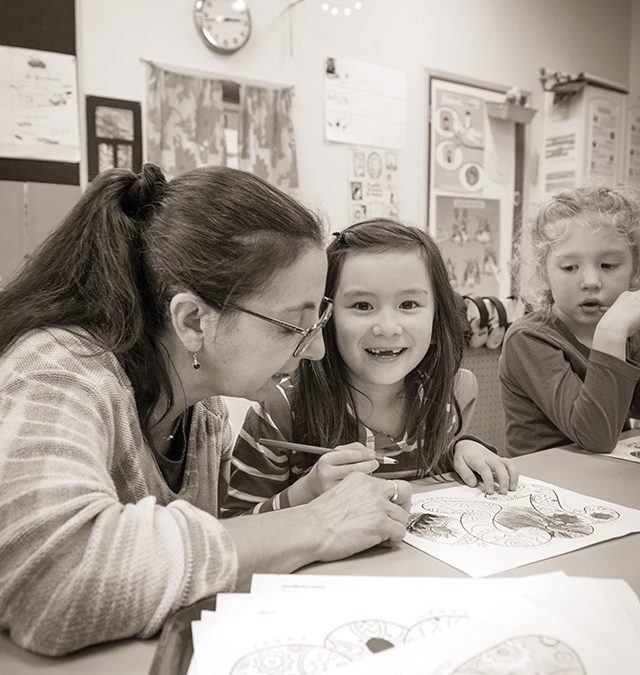Butler researches aging and death.
In the The Art of Dying Well: A Practical Guide to a Good End of Life, author and Bay Area journalist Katy Butler pools her infinitely practical and deeply human expertise to coach people on the end of their lives.
There is no one-size-fits-all road map issued to people approaching the end of life. Illumination and decisions guiding how to craft one’s final years therefore often arrive from spiritual leaders, medical practitioners, ancestral or ethnic traditions, family members — or advice books and writers, including science journalist Katy Butler. Invaluably, the Bay Area writer has pooled her infinitely practical and deeply human expertise in a new book, The Art of Dying Well: A Practical Guide to a Good End of Life.
Butler is the author of The New York Times best-selling Knocking on Heaven’s Door and a former staff reporter for the San Francisco Chronicle.
The book is divided into chapters covering what Butler designates as the seven phases of late life. Well-researched navigational tools address the fast pace and other features of high-technology medicine while anecdotal stories bring vivid accounts of the physical, emotional, mental, and spiritual journey from “young” old age to a “good enough” death. A glossary and resources add vital access to understanding and further researching the complexities of aging and dying. The intention to die artfully, in community, and with dignity and meaning is ever-present.
Among the most critically useful topics covered are the constitutional medical rights of the terminally ill. Butler also explains the riskiest surgeries, drugs, and medical screenings. She touches on the realities of hospitals and Hail Mary heroics, and she does some myth-busting about hospice and palliative care. She presents forward-thinking facts and procedures for establishing POLST or MOLST, shorthand for Physician or Medical Orders for Life-Sustaining Treatment, a detailed document more likely to be followed than an advance directive. Butler lays that out one of the most important actions individuals at any age can take to have agency at life’s end.
Expectedly, empowerment as the body and mind become more frail and vulnerable rises out of simplicity. Butler presents age-appropriate exercise and nutrition and encourages finding community and engaging in a spiritual practice. Those help to complete what she IDs as the five emotional tasks before dying: saying thank you, expressing love, asking for and granting forgiveness, and saying goodbye.
Butler avoids subterfuge, and it’s clear there is an element of luck to dying well. Not everyone has a family member to be like the “central pole holding up a circus tent.” Sometimes drugs or other medical intervention arrive too slowly or inadequately and there is pain, confusion, and real physical and emotional suffering. But considered and relied upon, Art of Dying provides a rich, reliable companion or resource, and a means by which to shape the last years of life.
The Art of Dying Well: A Practical Guide to a Good End of Life by Katy Butler (Scribner, Feb. 19, 2019, 288 pp., $26).
This article originally appeared in our sister publication, The East Bay Monthly.
















